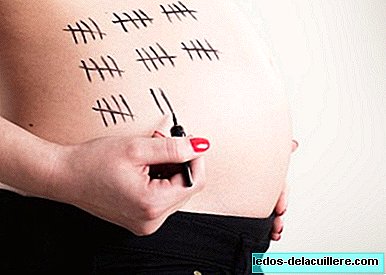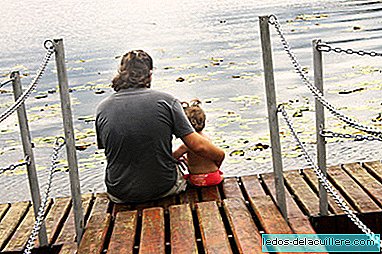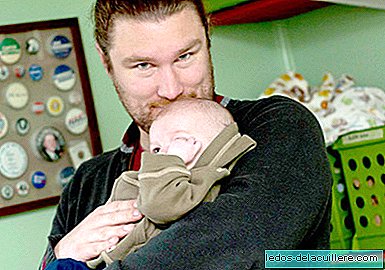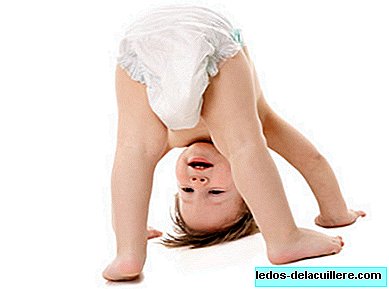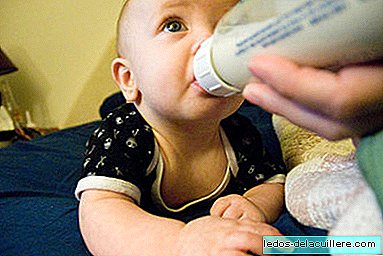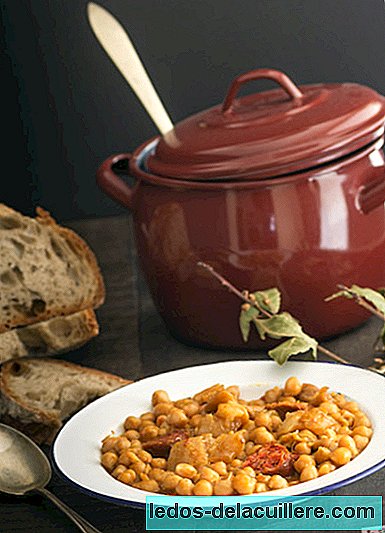
The safety of our children at all times is one of the main concerns and responsibilities we have as parents. When we travel by car, this is one of the most important things we must take into account, with great importance and seriousness.
That is why the General Directorate of Traffic (DGT) and the Spanish Alliance for Child Road Safety (AESVI) have approved and published a Decalogue of Child Road Safety. We share what your recommendations are so that your children always travel safely.
A few months ago we told you about the creation of AESVI, an expert forum that ensures the safety of children on the road and that had been presented at the Congress. Formed by 40 institutions, Its objective is to protect minors in their journeys by road, working together to prevent and investigate traffic accidents in which minors are involved, and thus, look for formulas that reduce the risk of injuries and deaths of children.
Safety is certainly essential when traveling by car with babies and children, so now, they have presented a series of measures to follow. Among them, we talk about the use of child restraint systems, a necessary and basic element to take children safely in the car.
About this topic, the decalogue includes recommendations and tips to choose the right child seat for your children, as well as where to buy it, and the aspects to consider before buying it. Similarly, the importance of take children backwards as long as possible, always following the indications of the weight and height limits of the chair manufacturer we use.
Remember that It doesn't matter if the distance is short, security is something we should always have as a priority when traveling with our children in the car, because with the appropriate prevention measures, we can avoid severe sequelae in the event of an accident.
Decalogue of Child Road Safety

- In a vehicle always take the child subject in a child restraint system appropriate to its size and weight, however short the journey. And never, under any circumstances, leave the child alone or without adult supervision.
- Always use approved chairs, and if possible, opt for the most current regulations, since the safety requirements are higher. Check the approval label, which must indicate the size and / or weight for which the product has been approved.
- To buy a child restraint system, go to a specialized center where they will advise you on the needs of the child, and will explain the characteristics of each chair and its installation. Read the chair instructions carefully, making sure that their installation is absolutely correct and keep them for future reference.
- Do not buy second-hand chairs, nor accept those that have been previously used for a long period of time. And after an accident, the chair must be replaced.
- The vehicle and the child seat act together. Before buying a chair, check the anchoring system of your vehicle (i.Size, ISOFix and / or seat belt), and look for a chair that suits it.
- Always place the child in the rear seats of the vehicle. And remember to go up and down the child on the safe side of the road (like the sidewalk). If you can only place it in the front seat, disconnect the front airbag if the chair is installed in the opposite direction.
- It is recommended to take the child in the opposite direction to the march as long as possible, respecting the limitations established by the manufacturers of child restraint systems and the vehicle. Always adjust the harnesses or belts well to the child's body, without gaps.
- For older children it is advisable to use chairs with backrest at least up to 135 cm. height, as it provides more protection against side impacts, and improves the efficiency of the seat belt.
- Never travel with loose objects, or put luggage or pets in the vehicle next to the little ones. In case of slowing down or impact, they can get fired and cause serious injuries to the child.
- In the event of an accident, and whenever possible, the child must be removed from the injured car in his child restraint system, and never remove the child in his arms (except imminent risks).
The child's safety also depends on the driver. Respect the rules, driving in a calm and relaxed way, without aggressiveness or abruptness, leaving a safe space, and adjusting the speed to the circumstances of the traffic, is the best way to protect children in their movements


